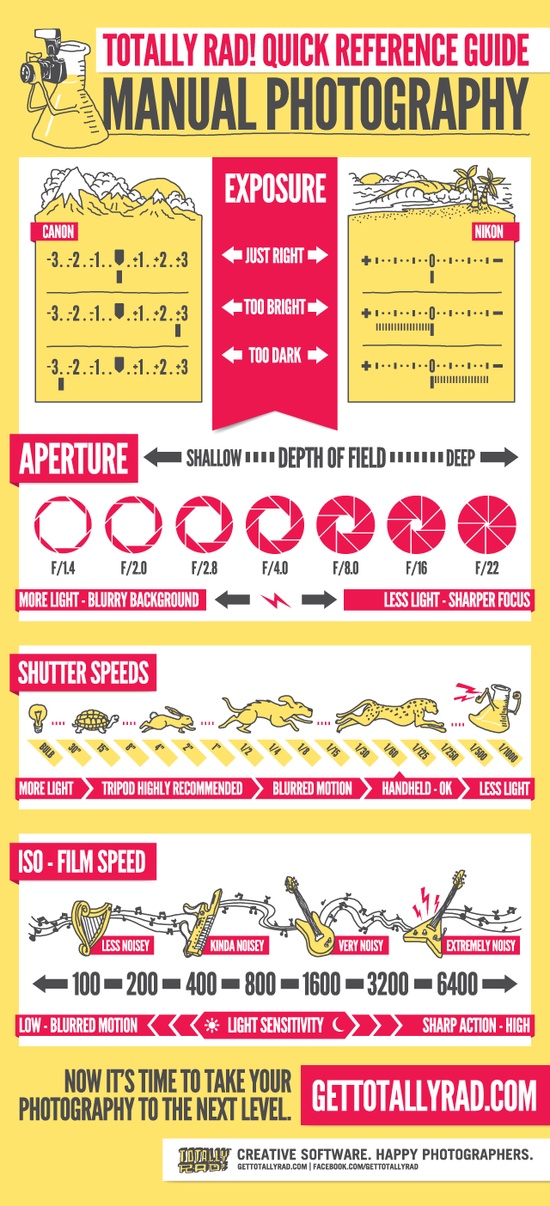What Every Professional Photographer Must Learn About Lights
What Every Professional Photographer Must Learn About Lights
Blog Article
Team Author-From Isaksen
As a professional photographer, you recognize that illumination can make or break your images. Comprehending the subtleties of both all-natural and man-made light is important for capturing the state of mind and clearness you go for in your work. Whether you're going after the excellent gold hour glow or tweak your man-made arrangements, mastering these elements can boost your photography dramatically. However there prevail risks that numerous ignore, and recognizing them can transform your approach to every shoot. Allow's discover what you could be missing and exactly how it can impact your outcomes.
Understanding All-natural Light
Recognizing natural light is important for any kind of digital photographer wanting to improve their job. It's the foundation of terrific photography, influencing mood, tone, and clarity. When you shoot outdoors, pay attention to the moment of day. The golden hour-- quickly after dawn and before sundown-- uses soft, warm light that can change normal scenes into magnificent images.
Do not take too lightly the power of overcast days. Cloud cover diffuses sunshine, producing a soft, also light that's ideal for portraits and macro digital photography. You'll locate colors appear this sort of illumination without harsh darkness.
Placing issues, also. Constantly consider your subject's alignment to the light. If https://blogfreely.net/bonnie8nigel/how-to-develop-a-photography-profile-that-attracts-attention 's behind your subject, you may end up with a shape, which can be dramatic yet mightn't be what you want. Conversely, direct sunlight can produce uncomplimentary darkness.
Experiment with angles; often, changing your viewpoint can produce incredible results. Use natural reflectors, like water or sand, to bounce light onto your subject, including measurement.
Learning Artificial Light
Understanding artificial light is essential for professional photographers who wish to take their abilities to the next level. Whether you're making use of speedlights, workshop strobes, or continuous lights, comprehending how to adjust these resources can significantly enhance your pictures.
Start by familiarizing on your own with the fundamentals of light high quality, instructions, and shade temperature. Explore different modifiers like softboxes, umbrellas, or grids to regulate the gentleness or cruelty of the light.
You'll locate that soft light frequently produces lovely results, while harsher light can include dramatization and deepness. Do not avoid darkness; they can improve the three-dimensionality of your subjects.
Pay close attention to the positioning of your lights. A light located also near to your subject can create uncomplimentary results, while also far away can result in a lack of detail. Make use of a light meter or your video camera's pie chart to ensure you're exposing properly.
Finally, remember that artificial light can be combined with ambient light for creative impacts. Balancing these sources could take method, once you understand it, your photography will truly shine.
Techniques for Different Scenarios
When you enter different capturing situations, adjusting your lighting techniques is critical for catching the most effective pictures. For exterior portraits, use the golden hour-- morning or late afternoon light-- to soften darkness and improve skin tones.
If it's a harsh noontime sun, take into consideration making use of a reflector to jump light back onto your subject or seek shaded areas for a much more even direct exposure.
In low-light circumstances, like indoor occasions, raise your ISO and utilize a wide aperture to let in even more light. please click the following post can assist remove electronic camera shake, allowing for longer exposures without blurring.
If you're shooting at night, trying out off-camera flash to develop dynamic illumination and depth in your images.
For item digital photography, utilize diffused lighting to avoid harsh reflections. Softboxes or light outdoors tents can help achieve this effect.
When photographing landscapes, consider the instructions of light and time of day, as it can drastically change the mood of your shot.
Always be ready to adjust your settings and positioning based upon the circumstance, as versatility is essential to grasping illumination in photography.
Final thought
In conclusion, grasping illumination is crucial to elevating your digital photography skills. Embrace natural light's charm during golden hour, and don't avoid try out artificial light strategies. By adjusting your approach to various circumstances, you'll record magnificent photos that resonate with feeling and clearness. Remember, the appropriate lighting can transform a regular shot into something phenomenal, so maintain practicing and fine-tuning your understanding of both all-natural and artificial light. Happy shooting!
